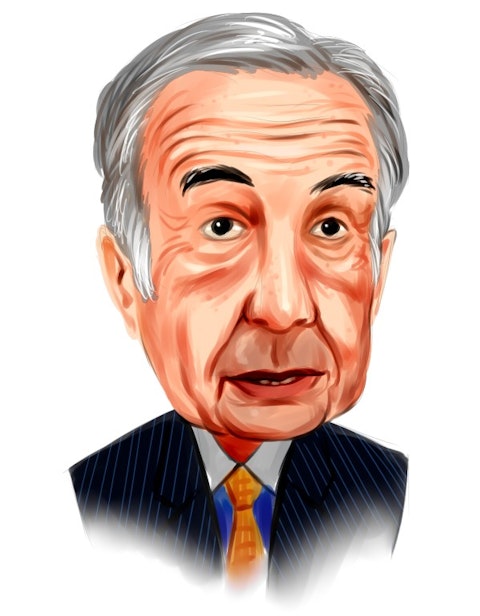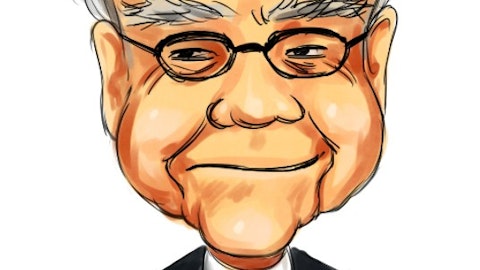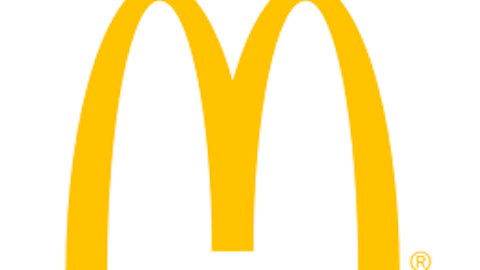
Icahn has been a large shareholder of the equipment maker Oshkosh since 2011 and has been in a heated battle to have new members elected to the board. This would be just one stepping stone to what many believe is Icahn’s plan to break the company into a defense and a construction equipment company. Shortly after Icahn took a 10% stake in Oshkosh last year, he took a noticeable stake in Navistar International Corp (NYSE:NAV). The idea is that with enough pressure, Icahn could convince the two companies to merge their defense units.
Icahn had been unsuccessful in electing six board candidates to the board earlier this year and upped his efforts by offering $32.50 per share – a 20% premium at the time – for the over 90% of Oshkosh shares he did not already own in an effort to get his candidates on the board. Icahn has called for a more aggressive growth strategy, believing that management has underachieved that implementing new initiatives at the company.
Bank of America analysts and Oshkosh’s management rebutted Icahn’s offer as undervaluing the equipment company, though, so there were mixed feelings to say the least. We believe that potential Oshkosh investors might fall into a so-called value trap, where the stock’s valuation looks attractive, but there are bearish fundamental issues at play. The industrial company appears to trade below many of its major peers at 10x earnings, but we believe this sub-industry average P/E is warranted.
Icahn does not always succeed, as exhibited by exits from Clorox and Commercial Metals after unsuccessful bid attempts. Since Icahn started removing himself from these companies they have both underperformed the broader market, as measured by the S&P 500. Clorox is up only 9% versus the S&P that is up 17%, and Commercial Metals is down 9% compared to the S&P that is up 9%.
There still appears to be significant risk in Oshkosh’s defense segment and the equipment company will now have to rely heavily on its commercial segment. Revenues are expected to be down 7% in 2013 due to a sharp decline in defense demand. Oshkosh’s recently quarterly results showed that the vehicle manufacturer beat estimates of $0.47 by posting $0.71; even so, backlog was down heavily, 38% year over year and 13% quarter over quarter. This downfall in backlog was mainly driven by weakness in the access equipment business, which was expected to carry the company, down 50% year over year and 51% quarter over quarter.
Although some analysts and management still attach an undervalued status on Oshkosh based on a sum-of-the-parts valuation, the reality remains that to effectively break up the company there would need to be a buyer. There are limited parties interested who could get enough synergistic value to pay the premium that management is expecting. We believe that although the Oshkosh-Navistar segment merger might not come to fruition, Navistar could serve as a better standalone investment.
Navistar is one of the top ten auto companies loved by hedge funds in 3Q and Icahn appears to be holding his position in this equipment maker rather steady; this could be in part because Navistar is showing more aggressive initiatives to unlock shareholder value. Earlier this fall, the company announced that it was willing to consider aggressive asset sales.
Additionally, we believe that Caterpillar Inc. (NYSE:CAT) is a best-in-industry company and a much better investment than Oshkosh, as far as the construction segment is concerned. Caterpillar is expected to grow revenues 12% in 2012 and 3% in 2013. Caterpillar also pays the highest dividend of the five stocks listed at 2.4%. A better global economy has led to strong growth in Caterpillar’s machinery segment, while future growth will come from the need for heavy equipment to further develop emerging markets. This industry giant is expected to grow long-term earnings at the highest growth rate of our five stocks at 14% annually. Couple its growth rate with its industry-low P/E of 9x and Caterpillar also trades at the lowest PEG of 0.6. Billionaire Bill Gates had Caterpillar as one of his trust’s top picks (see all of Bill Gates’ top picks).
Terex Corporation (NYSE:TEX) is a key competitor in the equipment business and expects to see revenues up 17% in 2012 and then 8% in 2013, with growth driven by its 2011 acquisition of Demag Cranes. Demag added cranes to Terex’s robust product line. Terex has been executing well following a global slowdown that slammed the company, and forced it to post operating losses for 2009 and 2010. Terex trades at the very upper end of the industry at 20x after being up almost 80% year to date. The strong rebound for Terex is expected to continue as various fleets are replaced in the North American market and construction begins to pick up in emerging markets.
Deere & Company (NYSE:DE) is another solid dividend payer – yielding 2.2% – with exposure to the construction markets. Deere should see a similar pickup in sales as Caterpillar, thanks to a rebounding economy. The equipment company expects revenues up 5% in fiscal year 2013, but uncertainty looms given the severe U.S. drought that has pressured many farmers. Deere still manages to trade at a premium P/E to its peers at 11x and could see solid revenue growth in the construction segment despite possible farming declines. Deere saw billionaire Warren Buffett take an almost 4 million-share stake in 3Q (check out Warren Buffett’s top stock picks).
We believe that Oshkosh has limited room for growth given its defense segment overhang and the fact that it appears it is losing the support of billionaire corporate raider Car Icahn. While Icahn begins his exit from Oshkosh, he still owns a large position in competitor Navistar, where he may still be able to pressure management to unlock value for shareholders. For investors looking for a solid dividend and what appears to be one of the top undervalued large-cap stocks, they should have a look at Caterpillar.




